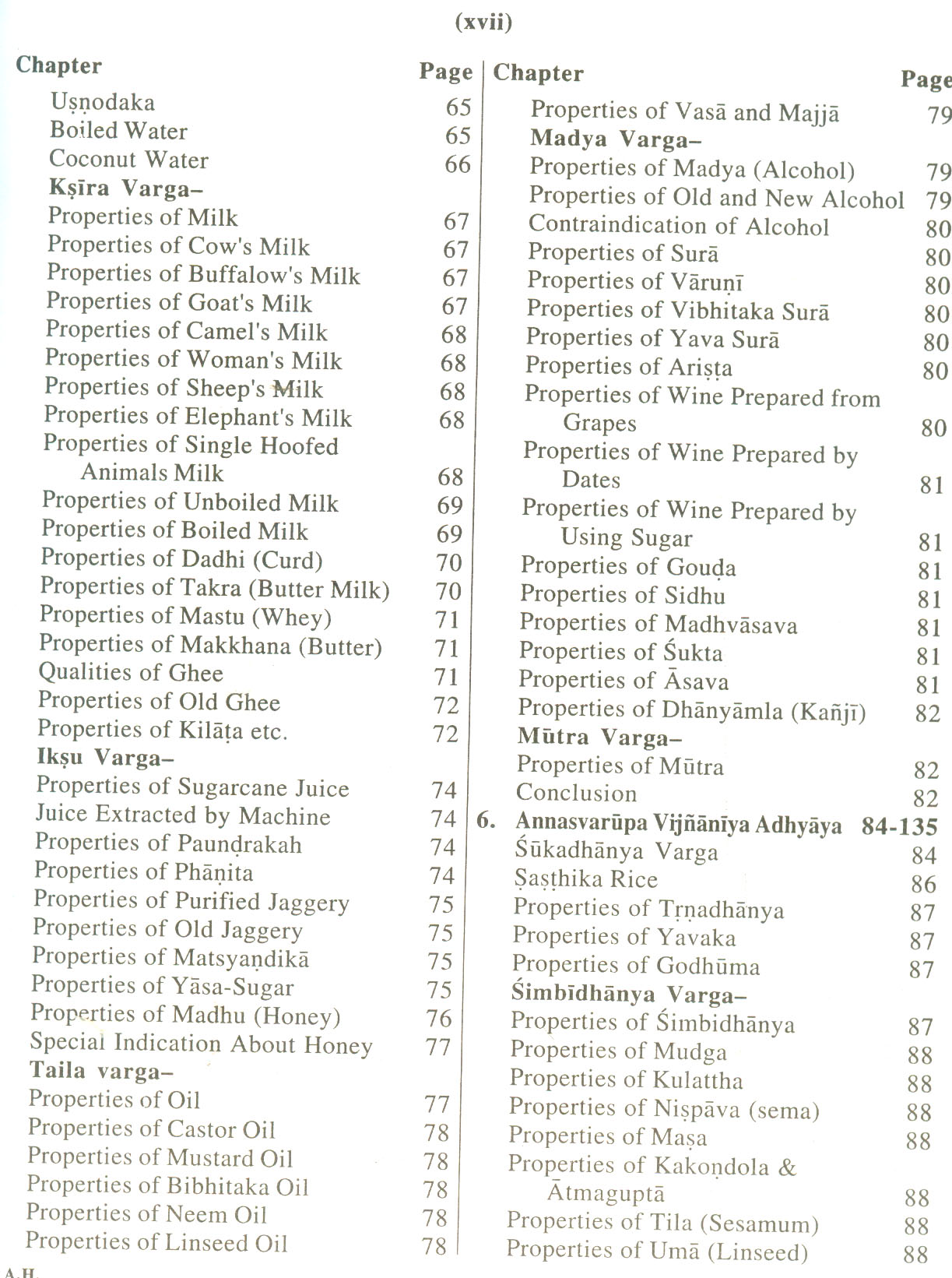

German Indologist Georg Buhler succeeded in reading and translating two leaves of the manuscript, reproduced in the form of heliogravures in the Proceedings of the Asiatic Society of Bengal. After the meeting, in parallel, some attempts were made to decipher the manuscript, but they proved unsuccessful. The Waterhouse report was reprinted in Bombay Gazette, where Hoernle learned about it and became very eager to study it.

Neither was able to read the script and said it must be "very ancient", according to Waterhouse. He had sought the help of Babu Sarat Chandra Das and Lama Phuntshog to decipher the manuscript. He reported that the Bower manuscript was bound with two wooden boards on either end and a string running through a hole. Waterhouse mentioned that the Bower manuscript had 56 leaves (the edition now preserved at Bodleian Library has 51 leaves). At the meeting, he stated that Bower visited the site where the manuscript was found, and referred to the stupa as something that looked like a huge " cottage loaf" near the "Ming–oi" Buddhist monastery ruins, 16 miles from Kucha near the banks of a river. Waterhouse reported the manuscript at the monthly meeting of the Society on 5 November 1890, whose proceedings were widely distributed. īower took the manuscripts with him when he returned to Simla and forwarded it to Colonel James Waterhouse, the then President of the Asiatic Society of Bengal. On the night of 2 or 3 March, a man came to his tent and offered to sell him old manuscripts and artifacts that his treasure hunters had found. Bower arrived near Kucha ( Xinjiang) in early March 1890 and set his camp. Bower, in the chase, followed Mahomed through the Himalayan valleys into the Takla Makan desert. Mahomed learned about the effort and escaped. The British government wanted to bring Mahomed to justice, and therefore sent Hamilton Bower with some troops to go after the killer, states Wujastyk. He was hacked to death inside his tent by an Afghan named Dad Mahomed. The story begins with the brutal murder of Andrew Dalgliesh, a Scotsman camping in the Karakoram mountains, north of Kashmir. The Bower Manuscript is named after its accidental purchaser Hamilton Bower, a British Army Lieutenant. Hoernle's 1897 text and translation of manuscript's Parts III to VII The Bower Manuscript, sometimes referred to as the Yashomitra Manuscript, is preserved in the collections of the Bodleian Library in Oxford. The fragmentary manuscript was analyzed, edited, translated and published by Calcutta-based Rudolf Hoernle. The manuscript is named after Hamilton Bower – a British Lieutenant, who bought the manuscript in March, 1890 while on a mission to chase an assassin charged with hacking a Scotsman to death.

The medical fragments of the Bower manuscript have much in common with other ancient Sanskrit medical treatises such as those by Caraka, Sushruta, Ravigupta, Vagbhata and Kashyapa. It also contains excerpts of the Bheda Samhita text on medicine, a text whose damaged manuscript is in Tanjavur, Tamil Nadu. The discovery of the manuscript in remote China near Central Asian region is considered evidence of the spread and sharing of ideas in ancient times between India, China and Central Asia. Two invoke Shiva, Vishnu, Devi and other Hindu deities. The collection had at least four scribes, of which three were likely Buddhists because the second, the sixth and the seventh treatises open by invoking the Buddha and other Buddhist deities.

The Bower manuscript includes fragments of three medical ( Ayurveda), two divination, and two incantation ( Dharani) treatises. The Bower manuscript includes the oldest dated fragments of an Indian medical text, the Navanitaka. Written in early Gupta script (late Brahmi) on birch bark, it is variously dated in 5th to early 6th century. The Bower Manuscript is a collection of seven fragmentary Sanskrit treatises found buried in a Buddhist memorial stupa near Kucha, northwestern China. Discovered near Kucha (China), it includes an ancient Indian medical treatise (33 leaves), and several other treatises (23 leaves). The Bower Manuscript is a late 5th or early 6th-century collection of Sanskrit texts (above) in early Gupta script.


 0 kommentar(er)
0 kommentar(er)
